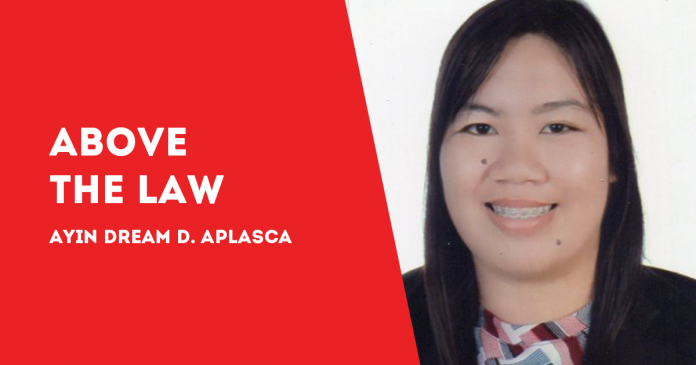
THE WORLD has been responding to massive displacement and refugee crises brought by wars and ethnic violence. A lot of people have been fleeing and seeking shelter in other countries. People have crossed borders to save their lives and their families.
Recently, news broke out that there was a change of power in Afghanistan. There were clashes for several weeks and the Taliban made rapid advances across the country and took areas from government by force.
The Taliban are made up of former Afghan resistance fighters. They are known collectively as mujahedeen who fought the invading Soviet forces in the 1980s. These people aimed to impose their interpretation of the Islamic law on the country and remove any outside influence.
After they were ousted from power 20 years ago in the aftermath of the 9/11 World Trade Center attacks in the United States, the Taliban waged an insurgency against allied forces and the US-backed Afghan government.
Now, the Taliban are back in power. They have taken control of the Afghan presidential palace in Kabul.
Due to this change of circumstances, Afghans fear that the Taliban will impose repressive rule in the country once again. Thus, crowds went to the runway of the international airport in the capital city of Kabul to ride any plane to escape Afghanistan.
Since the news broke out and circulated worldwide, I have been receiving questions regarding the Afghan refugees. Here are some information I also learned before from the United Nations High Commissioner for Refugees.
A refugee is a person who has been forced to flee his or her country because of war or violence. He or she may be prosecuted for reasons of race, religion, nationality, or being a member of a political or social group.
Another one is the internally displaced person who has been forced to flee their home but never cross an international border.
The difference between an internally displaced person from a refugee is that the former is not protected by international law or qualified to receive many types of aid because he or she is legally under the protection of his or he own government.
There is another type of person in relation to this – a stateless person. He or she is someone who is not a citizen of any country. The reason may be because of sovereign, legal, technical or administrative decisions or oversight.
There are also people fleeing from their own country and seek sanctuary in another country. They have to apply for asylum. It is their right to be recognized as a refugee and receive legal protection and material assistance.
An asylum seeker must demonstrate that his or her fear of persecution in his or her home country is well-founded.
These are the fate of the Afghans who want to escape their country. And the Philippines is willing to receive Afghan refugees and asylum seekers./PN

